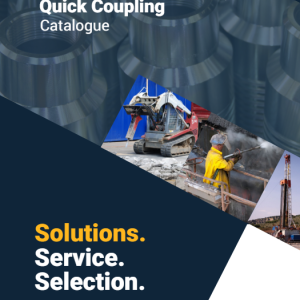Product Information
Used wherever a leak-proof swivel connection is needed in pipelines or in combination with hoses to eliminate hose twisting."
 CN | es
CN | es






